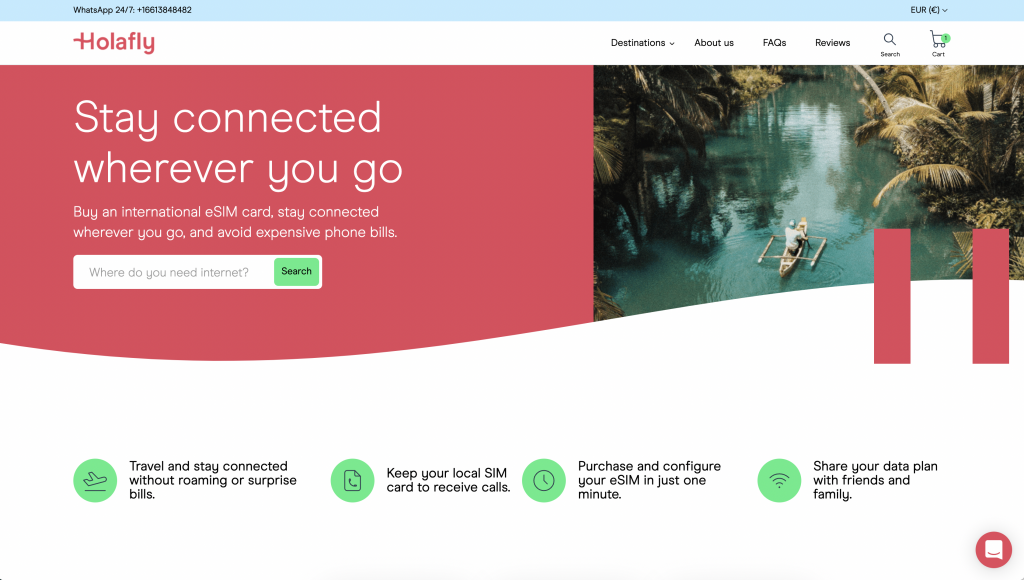4 Stunning National Parks to Explore in Australia
Offering one of the most diverse varieties of landscapes and wildlife around the globe, Australia is nothing short of a dream holiday destination for nature lovers. The Oceanic country is home to over a whopping 500 national parks, each providing a unique experience for its visitors. Whether it’s sandy beaches, coral reefs, unique rock formations or lush rainforests – Australia, a big land with a big story – is guaranteed to take your breath away. So, if you are looking to explore some incredible nature, here are 4 absolutely stunning national parks in Australia.
Blue Mountains
If you are staying in Sydney during your visit in Australia, the Blue Mountains is an absolute must-see day-trip destination, around 60-minutes drive away. This national park is the perfect location for mountain biking and other adventure sports, while also perfectly suitable for peaceful hiking on its many historic trails.
The park is not called Blue Mountains without reason – covered in eucalyptus forests, the mountains reflect a unique blue glow every time they get direct sunlight, creating a truly magical feel. Besides the magnificent eucalyptus forests, the region is rife with other natural wonders, including grand landscapes, waterfalls, valleys, and charming villages.
Kakadu
This list would simply not be complete without Kakadu, the largest and perhaps most popular national park in Australia. Kakadu is listed as a UNESCO World Heritage site due to its incredible biological and ecological diversity. The national park is home to around 2,000 plant species, around a third of all Australian bird species and around a fifth of all mammals.
Only reachable by 4WD or a boat, the Kakadu National Park is a highly preserved and tranquil destination, surrounded by rocky landscapes and lush greenery. Make sure to visit the iconic Jim Jim Falls and the Twin Falls while there as well to witness the most beautiful sunset from the Nadab Lookout.
K’gari (Fraser Island)
Located at the southern coast of Queensland, K’gari is the world’s largest sand island and undoubtedly one of the most stunning national parks in Australia. The island was named K’gari by the local Indigenous people, meaning Paradise, and what better name to describe the beauty of the golden beaches and sand dunes, turquoise blue waters, champagne pools, subtropical rainforests and plentiful freshwater lakes.
In addition to the heavenly nature of Fraser Island, you may also come across a range of exotic wildlife there, such as dingoes, Swamp Wallabies, Humpback Whales, Echidnas, Sea Turtles, and a variety of birds.
Uluru-Kata Tjuta
Widely different from the ones above, the Uluru-Kata Tjuta National Park is famous for its natural beauty and cultural heritage. Located in the Red Centre of Australia, the park has been home to local Aboriginal people for thousands of years and holds a powerful spiritual presence, strongly felt by its visitors.
The two key attractions are Uluru, formerly known as Ayers Rock, and Kata Tjuta, or The Olga’s. Uluru is a huge sandstone monolith which formed over 550 million years ago. The rock used to be a popular destination for climbers, however, in 2019 climbing Uluru was banned due to its importance for the locals. It is surrounded by Kata Tjuta, a total of 36 domed rock formations, which are particularly stunning to see during the golden hours of sunrise and sunset.
The post 4 Stunning National Parks to Explore in Australia appeared first on Wandering Earl.







